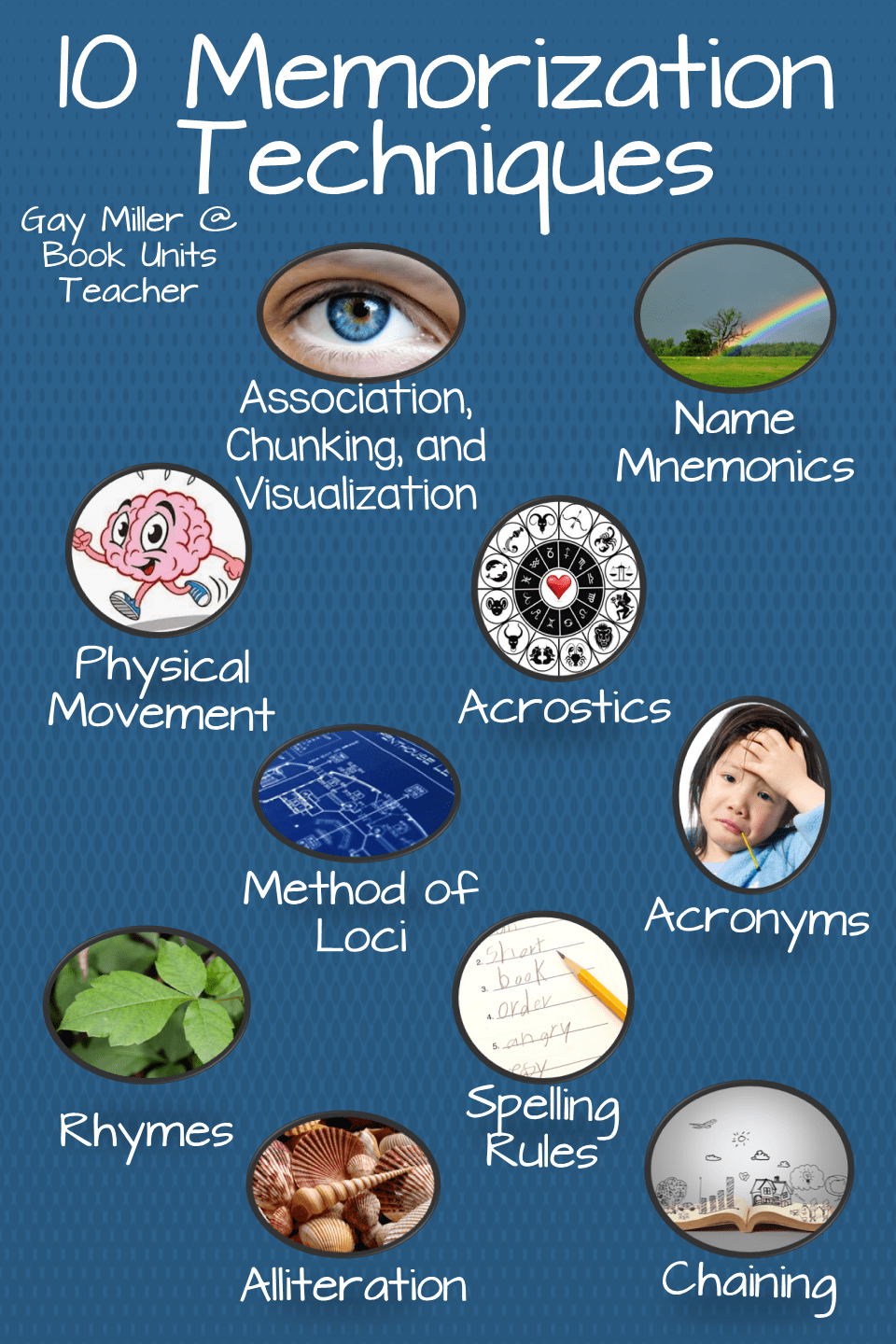Memory Techniques: A Comprehensive Guide for Alternative Learners
Introduction
In the realm of alternative schooling and education, students often face unique challenges that require creative solutions. One such challenge is improving memory retention to enhance learning outcomes. Memory techniques are powerful tools that can help students of all ages and abilities retain information more effectively. In this comprehensive guide, we will explore various memory techniques tailored specifically for alternative learners.
Understanding Memory
Before delving into specific memory techniques, it is important to understand how memory works. Our brains have a complex system for encoding, storing, and retrieving information. Memory can be divided into three main types: sensory memory (which holds information briefly), short-term memory (where we process and store information temporarily), and long-term memory (where information is stored indefinitely).
Alternative learners may struggle with one or more aspects of this memory process due to factors such as learning disabilities, attention issues, or simply different learning styles. However, with the right strategies and techniques in place, these challenges can be overcome.
Memory Techniques for Alternative Learners
1. Visualization
Visualization is a powerful technique that involves creating mental images to aid in the retention of information. Alternative learners can benefit greatly from visualizing concepts they are trying to learn or remember. For example, if studying history, they could imagine themselves in a historical setting or create mental pictures of key events.
2. Mind Mapping
Mind mapping is a visual technique that helps organize thoughts and ideas in a structured way. Alternative learners can use mind maps to break down complex topics into smaller components, making it easier to understand and remember them.
3. Association
Association involves linking new information with existing knowledge or memories to enhance retention. For alternative learners, creating meaningful associations between concepts can make them more memorable. For instance, connecting mathematical formulas with real-life examples can help solidify understanding.
4. Mnemonics
Mnemonics are memory aids that use patterns or associations to help recall information easily. Alternative learners can create mnemonic devices like acronyms or rhymes to remember lists or sequences effortlessly.
5. Chunking
Chunking involves breaking down large amounts of information into smaller chunks or groups. This technique helps alternative learners process complex material more efficiently by organizing it into manageable parts.
6.Repetition
Repetition is an effective way to reinforce memories through repeated exposure to the same material over time.
Alternative learners may find success by reviewing notes regularly or practicing skills consistently.
7.Spaced Repetition
Spaced repetition involves reviewing material at increasing intervals over time.
For alternative learners who struggle with retaining information long term,
this technique can enhance memory retention significantly.
8.Experiential Learning
Experiential learning engages multiple senses and experiences,
making learning more immersive and memorable.
Alternative learners could benefit from hands-on activities,
field trips,and interactive simulations.
9.Group Study
Collaborative group study sessions allow alternative learners
to discuss ideas,perspectives,and explanations together,
enhancing understanding through social interaction.
10.Digital Tools
Utilizing digital tools like flashcards apps,mind mapping software,and online quizzes,
can provide interactive ways for alternativelearners
to engage with course materials.
Implementing Memory Techniques in Education Settings
To effectively incorporate these memory techniques into educational settings tailored for alternative learners requires thoughtful planning and implementation strategies:
1.Provide Individualized Support:
Recognize each student’s unique needs regarding their preferred learning style,speeds,and strengths.
2.Create Multisensory Learning Activities:
Design lesson plans that engage multiple senses,such as incorporating visuals,audio cues,tactile elements,and movement opportunities.
3.Encourage Active Participation:
Encourage active participation through discussions,collaborative projects,and hands-on activities,to promote deeper engagementand better retentionofinformation.
4.Promote Self-Regulation Skills:
Teach self-regulation skills like goal-setting,time management,self-assessment,and reflection,to empoweralternative learnerstotake ownershipoftheirlearningprocesses.
Conclusion
Memory techniques play a crucial role in enhancing learning outcomes for alternative students facing unique challenges in traditional educational settings.By implementing visualization,mind mapping,mnemonics,chuncking,repetition spaced repetition experintial learing group study,digital toolsand othermemorytechniquesalongsideindividualizedsupport,multisensorylearningactivitiesactiveparticipationandself-regulationskillsalternativelearnerscanimprovememoryretentionunderstandingandacademicperformanceinmeaningfulways.Througha proactive approachtoprovidingeffectiveeducationalsupportthataddressescognitivelearningstylesdifferenceswe candeliveraninclusiveandexemplaryeducationalexperienceforallo ourstudentsregardlessoftheirdiverselearningprofiles.Thepowerofmemorytechniquesliesintheireffectivenessinunlockingourbrain’spotentialtosuccessfullyretainandsynthesizeinformationforlong-termrecall.Withpracticeandconsistencyalternativelearnerscanharnessthesevaluabletoolsastheyembarkontheireducationaljourneytowardssuccessfulacademicachievementandreachingtheirfullpotentialas lifelonglearnersandinformedcitizensoffuturegenerations.
